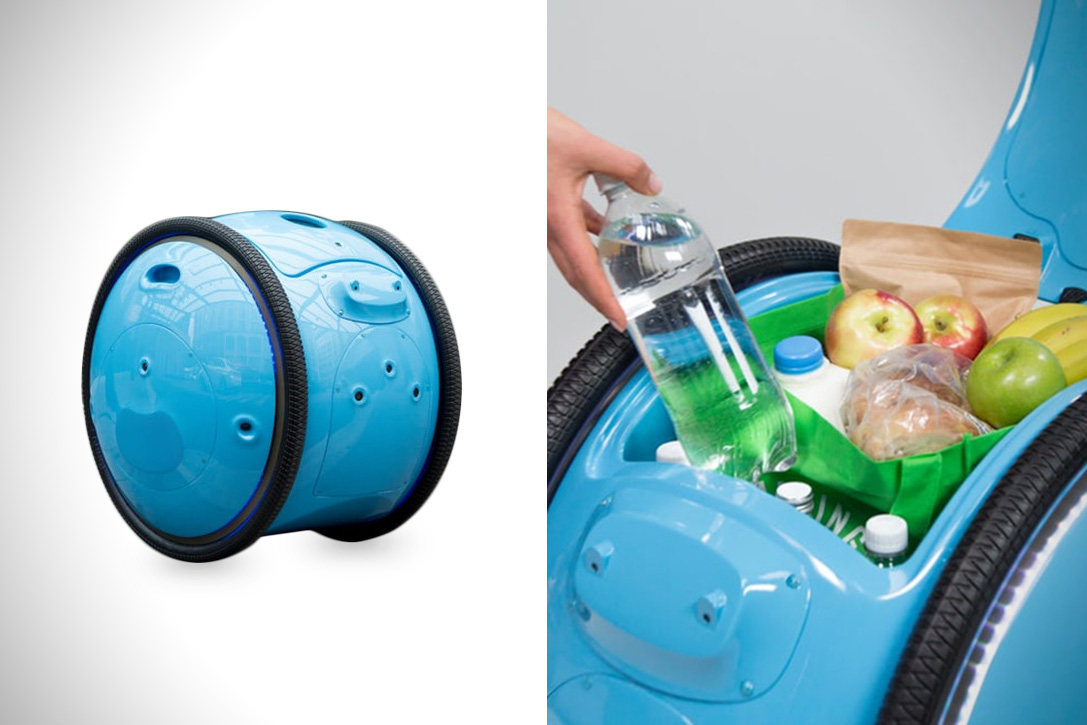- makeITcircular 2024 content launched – Part of Maker Faire Rome 2024Posted 2 weeks ago
- Application For Maker Faire Rome 2024: Deadline June 20thPosted 2 months ago
- Building a 3D Digital Clock with ArduinoPosted 7 months ago
- Creating a controller for Minecraft with realistic body movements using ArduinoPosted 7 months ago
- Snowflake with ArduinoPosted 8 months ago
- Holographic Christmas TreePosted 8 months ago
- Segstick: Build Your Own Self-Balancing Vehicle in Just 2 Days with ArduinoPosted 8 months ago
- ZSWatch: An Open-Source Smartwatch Project Based on the Zephyr Operating SystemPosted 9 months ago
- What is IoT and which devices to usePosted 9 months ago
- Maker Faire Rome Unveils Thrilling “Padel Smash Future” Pavilion for Sports EnthusiastsPosted 10 months ago
A cargo-carrying robot to follow in your footsteps
A new “startup” called Piaggio Fast Forward (by Piaggio, the Italian company that makes Vespa scooters) developed a personal “cargo robot” called the Gita.
Gita looks like a carbon fiber take on the exercise ball with tires in a meridian position, and multiple cameras embedded within its shell. It can follow a person, or roll autonomously in an environment it has already mapped. At 26 inches tall, the Gita can carry up to 40 pounds at a time and has a maximum speed of 22 miles per hour, so it can keep up with a person on foot or riding a bike. It can run for about 8 hours of continuous use, the company said.
Piaggio Fast Forward has taken a different approach to circumventing traffic on the ground than other startups in this space, such as the delivery drone makers Flirtey and Zipline or Starship Technologies, which makes semi-autonomous personal delivery robots. The Gita has to follow a human around to learn how to navigate around a new environment. Its design allows it to go wherever a person in a wheelchair could go, including ADA-compliant ramps, elevators and grocery store aisles.
Piaggio Fast Forward Chief Operating Officer Sasha Hoffman explained the follow-mode can alleviate some problems faced by autonomous vehicles. She said, “A machine can be intelligent, but isn’t as smart as a human today. Driving down the street and deciding to swerve to avoid hitting a bicyclist or a dog in the road, for example, people make ethical decisions all the time that a self driving car can’t make. If a device is following a person then that person has the lead, and powers the most important decisions around the robot’s movement.”
Source TechCrunch
















